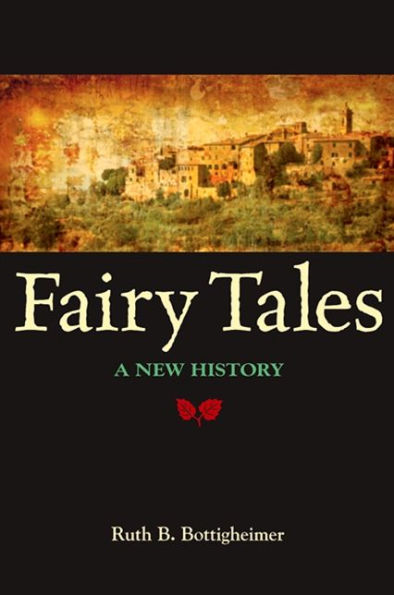2009 CHOICE Outstanding Academic Title
Where did Cinderella come from? Puss in Boots? Rapunzel? The origins of fairy tales are looked at in a new way in these highly engaging pages. Conventional wisdom holds that fairy tales originated in the oral traditions of peasants and were recorded for posterity by the Brothers Grimm during the nineteenth century. Ruth B. Bottigheimer overturns this view in a lively account of the origins of these well-loved stories. Charles Perrault created Cinderella and her fairy godmother, but no countrywoman whispered this tale into Perrault's ear. Instead, his Cinderella appeared only after he had edited it from the book of often amoral tales published by Giambattista Basile in Naples. Distinguishing fairy tales from folktales and showing the influence of the medieval romance on them, Bottigheimer documents how fairy tales originated as urban writing for urban readers and listeners. Working backward from the Grimms to the earliest known sixteenth-century fairy tales of the Italian Renaissance, Bottigheimer argues for a book-based history of fairy tales. The first new approach to fairy tale history in decades, this book answers questions about where fairy tales came from and how they spread, illuminating a narrative process long veiled by surmise and assumption.
2009 CHOICE Outstanding Academic Title
Where did Cinderella come from? Puss in Boots? Rapunzel? The origins of fairy tales are looked at in a new way in these highly engaging pages. Conventional wisdom holds that fairy tales originated in the oral traditions of peasants and were recorded for posterity by the Brothers Grimm during the nineteenth century. Ruth B. Bottigheimer overturns this view in a lively account of the origins of these well-loved stories. Charles Perrault created Cinderella and her fairy godmother, but no countrywoman whispered this tale into Perrault's ear. Instead, his Cinderella appeared only after he had edited it from the book of often amoral tales published by Giambattista Basile in Naples. Distinguishing fairy tales from folktales and showing the influence of the medieval romance on them, Bottigheimer documents how fairy tales originated as urban writing for urban readers and listeners. Working backward from the Grimms to the earliest known sixteenth-century fairy tales of the Italian Renaissance, Bottigheimer argues for a book-based history of fairy tales. The first new approach to fairy tale history in decades, this book answers questions about where fairy tales came from and how they spread, illuminating a narrative process long veiled by surmise and assumption.

Fairy Tales: A New History
160
Fairy Tales: A New History
160Paperback(New Edition)

Product Details
| ISBN-13: | 9781438425245 |
|---|---|
| Publisher: | State University of New York Press |
| Publication date: | 03/26/2009 |
| Series: | Excelsior Editions |
| Edition description: | New Edition |
| Pages: | 160 |
| Product dimensions: | 5.50(w) x 8.50(h) x 1.00(d) |
| Age Range: | 18 Years |
